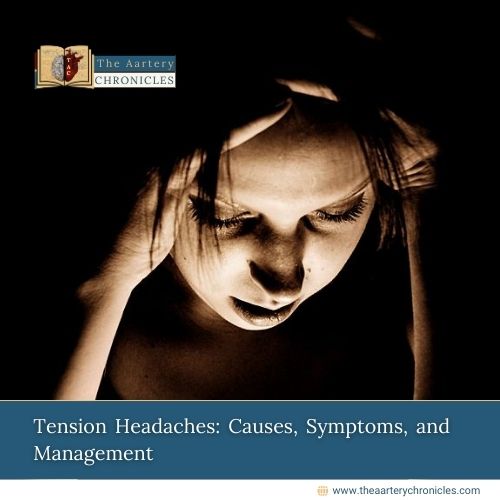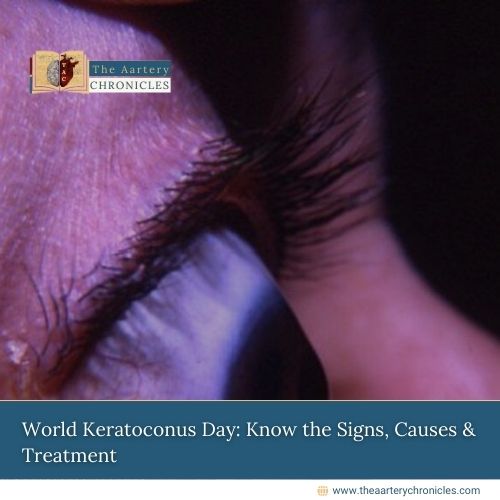

Dancing Eases Depression in Parkinson’s Patients: New Study Highlights Benefits
A recent study published in the Journal of Medical Internet Research reveals that dancing can significantly reduce depression in individuals with Parkinson’s disease. The research, conducted by York University experts and their collaborators, shows measurable benefits in brain imaging and participants’ self-reported mood improvements.
How Dancing Impacts the Brain
“It was fascinating to see how dance positively influenced the mood circuits in the brain,” said Joseph DeSouza, associate professor at York’s Faculty of Health and a co-author of the study. “These changes were visible in MRI scans and reflected in participants’ survey responses. This is the first study to confirm such benefits using both imaging and self-reported data.”
The researchers focused on the subcallosal cingulate gyrus (SCG), a brain region linked to depression. Weekly MRI scans revealed reduced activity in this area, correlating with lower depression scores reported by participants.
The Study at a Glance: A Closer Look
This section provides an overview of the research, highlighting key details about the participants, program, dance styles, and results.
- Participants:
The study involved 23 individuals diagnosed with Parkinson’s disease and 11 healthy individuals, primarily caregivers or family members of those with Parkinson’s. This control group allowed researchers to compare the effects of dance on those with the disease versus those without it. - Program:
Participants attended weekly dance classes for eight months. These sessions were part of the Sharing Dance Parkinson’s program, run by Canada’s National Ballet School. The consistent schedule allowed researchers to track changes over time. - Dance Styles:
The program began with simple movements like pliés and legwork, which are easy to follow and accessible to beginners. As the classes progressed, participants were introduced to more complex routines, including interpretive movements, waltzes, and choreographed dances. This gradual progression helped improve both physical coordination and emotional engagement. - Results:
The study found that depression scores decreased progressively after each class, with significant improvements after eight months. MRI scans revealed changes in brain regions associated with mood regulation, confirming that dance positively impacted both emotional and neurological health.
Why Dance Works: The Science Behind the Benefits
Dance is more than just a fun activity—it’s a powerful tool for improving mental and physical health. Here’s why:
- Music: A Mood Booster
The music accompanying dance activates the brain’s reward centres, releasing feel-good chemicals like dopamine. This boost in mood helps counter the depressive symptoms often experienced by individuals with Parkinson’s disease. - Movement: Mind-Body Connection
The physical movements in dance engage sensory and motor circuits in the brain. This dual engagement not only enhances coordination and motor skills but also promotes emotional well-being by creating a sense of accomplishment and connection.
Together, music and movement create a therapeutic synergy that uplifts mood, improves brain function, and enhances overall quality of life.
“Dancing isn’t a cure for Parkinson’s, but it can significantly improve quality of life,” explained DeSouza, who has been involved in the program for 14 years.
Beyond Motor Symptoms
Parkinson’s disease is more than just a motor condition. Symptoms like low mood often appear years before a diagnosis, and depression is a common challenge.
“Parkinson’s affects mental and social well-being, not just motor control,” said Karolina Bearss, a former York PhD student and now a professor at Algoma University.
This study builds on previous research showing that dance training helps with motor control, mood, and daily living.
A Boost for Patients and Caregivers
Notably, the benefits extend beyond patients. Caregivers and family members participating in the program also reported feeling better emotionally.
“Our goal is to enhance the quality of life for individuals with Parkinson’s and their families,” said DeSouza.
Why This Matters
This research highlights the potential of dance as a holistic, non-invasive way to support mental health and emotional well-being in Parkinson’s patients. While it’s not a cure, it offers a meaningful way to navigate the challenges of this progressive disease.
- Input from various media sources.









